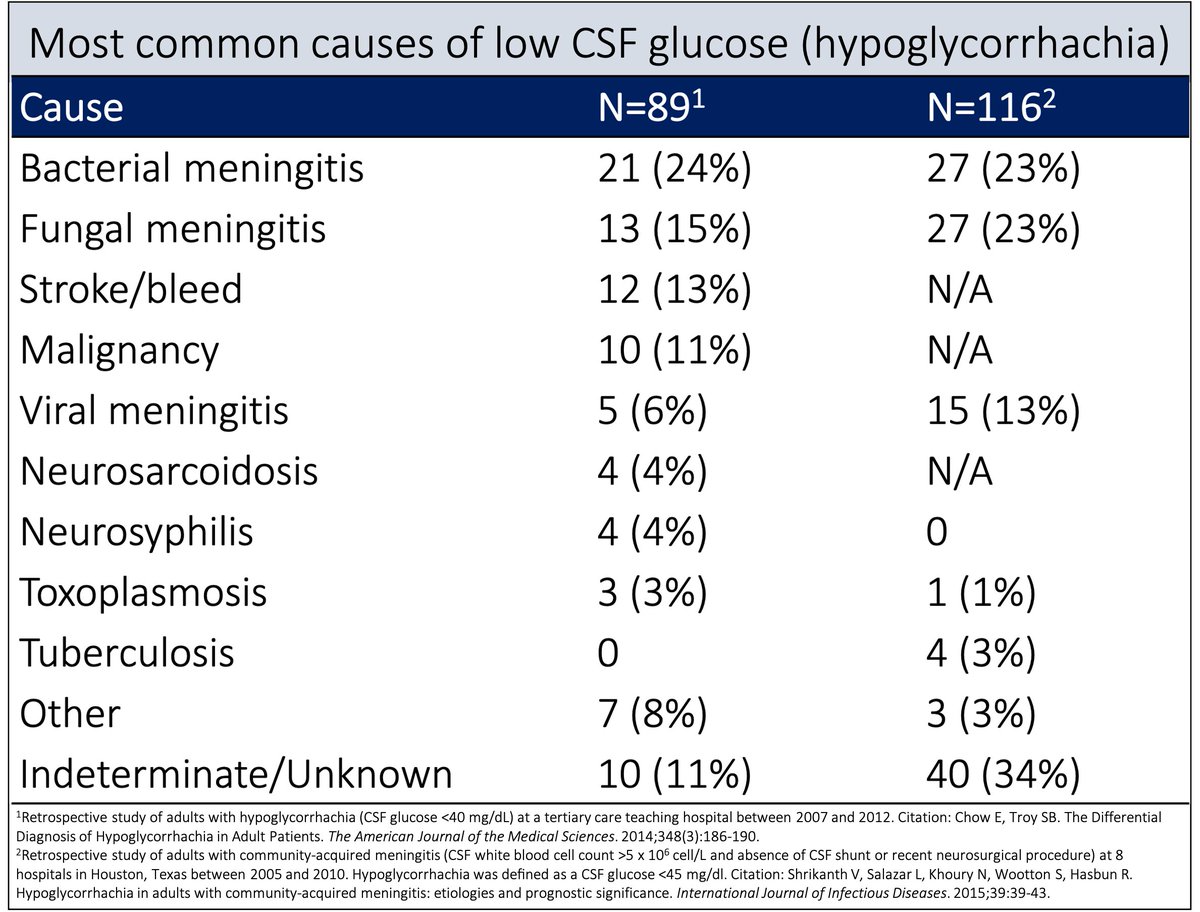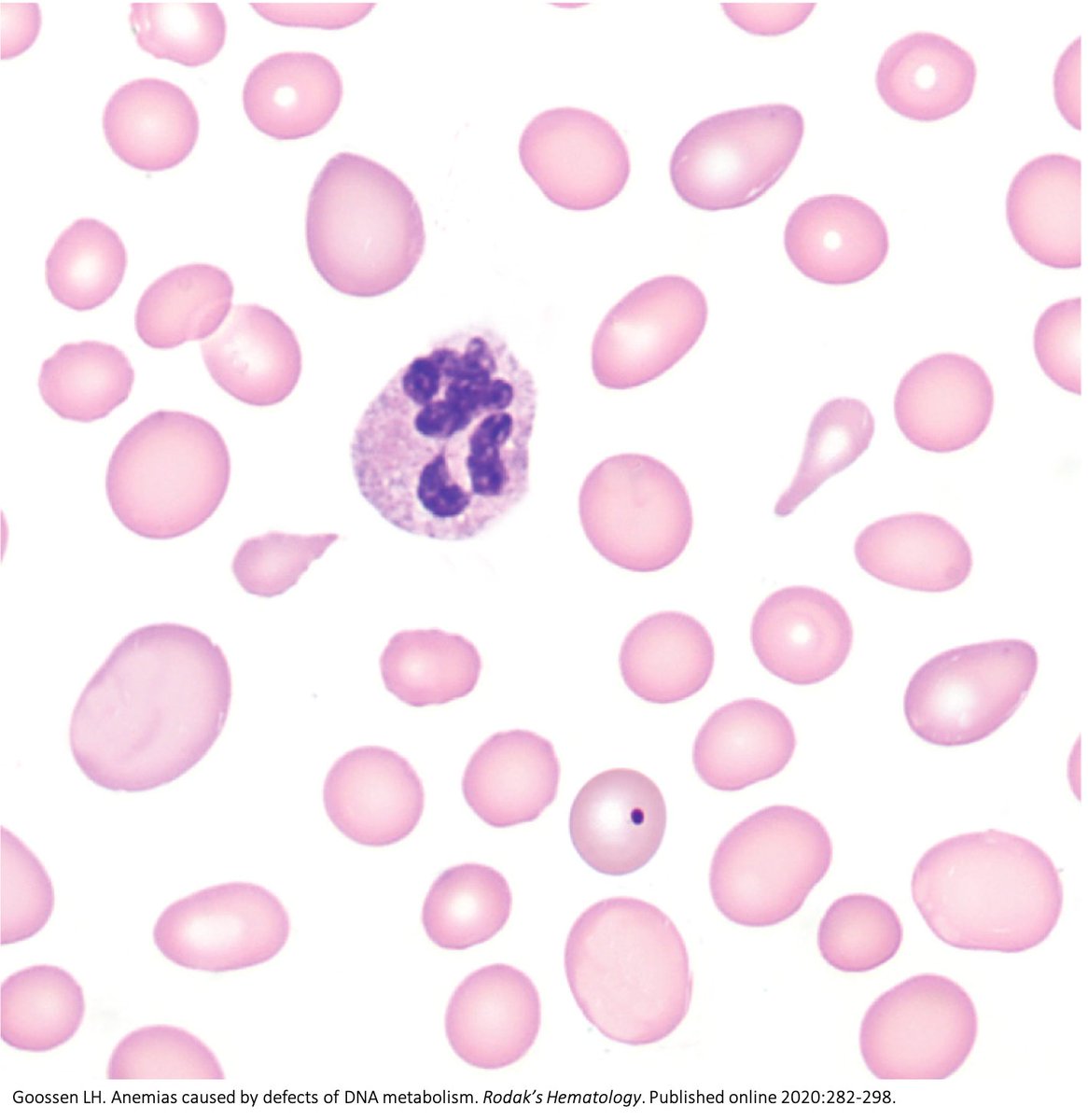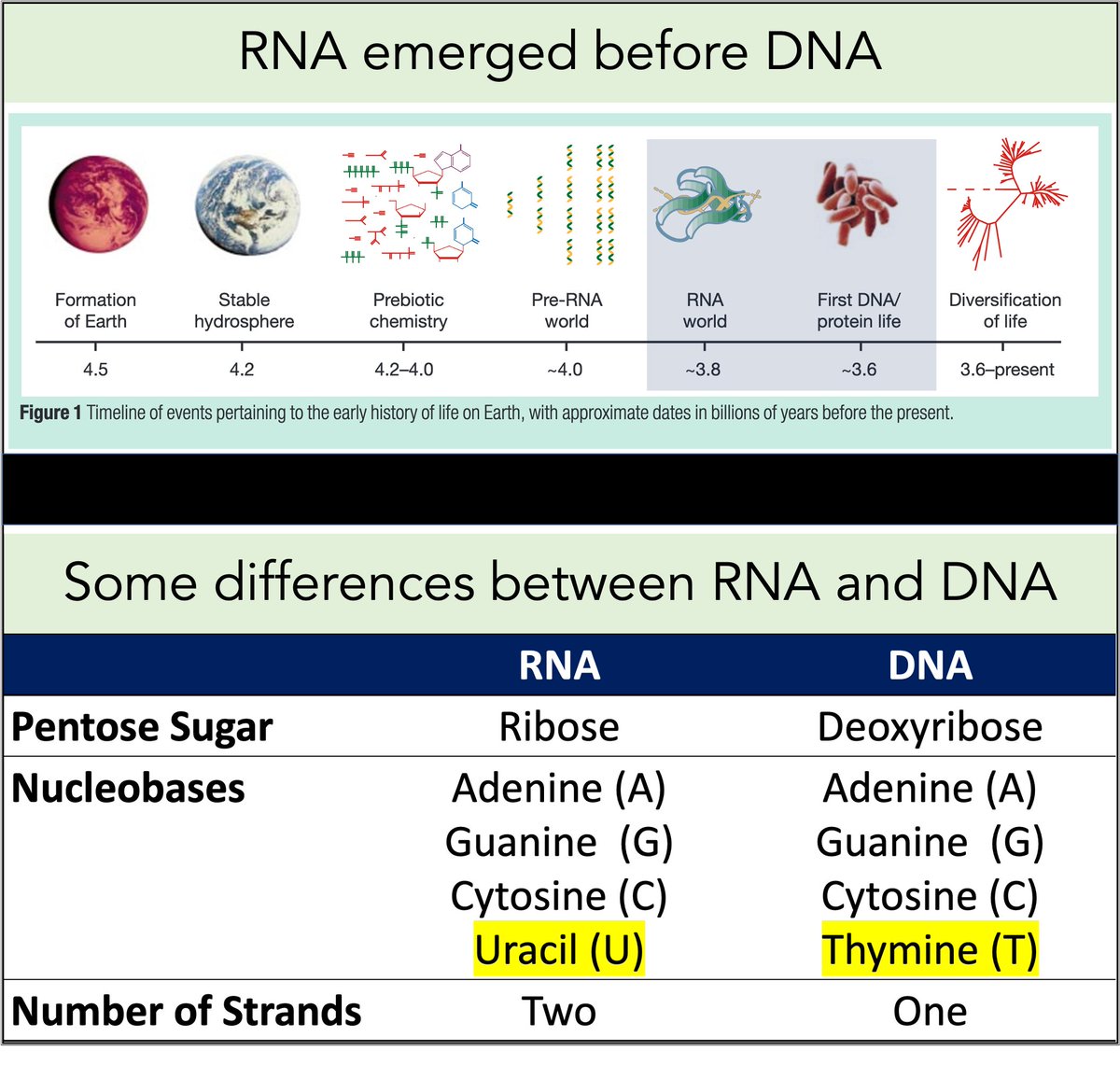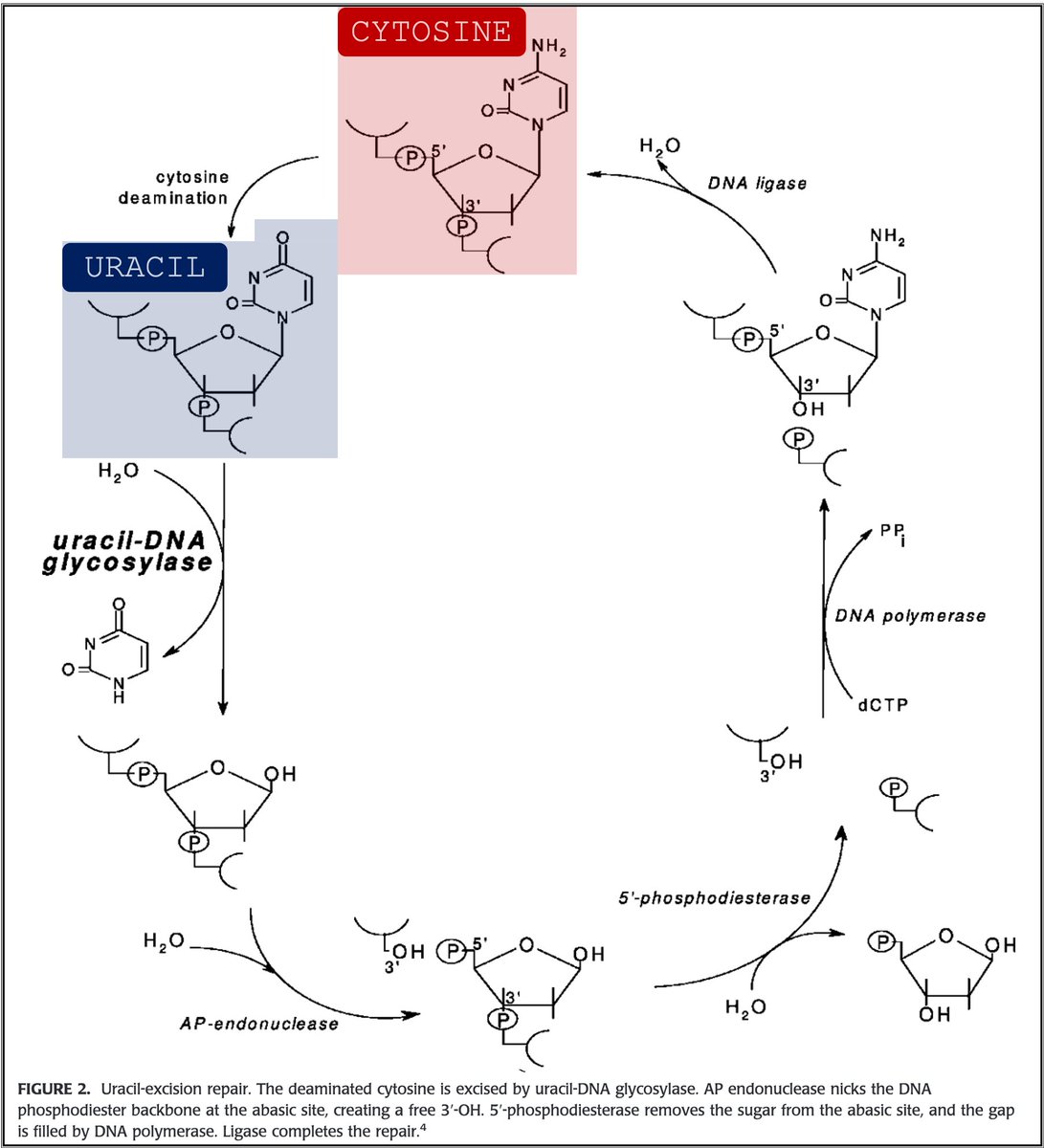
1/13
Why doesn't hemolysis cause acute kidney injury as easily as rhabdomyolysis?
I see a lot of hemolysis and can't think of a case of AKI that resulted.
Rhabdo? I immediately worry about AKI.
If heme is the toxic molecule, shouldn't both conditions be equally nephrotoxic?
Why doesn't hemolysis cause acute kidney injury as easily as rhabdomyolysis?
I see a lot of hemolysis and can't think of a case of AKI that resulted.
Rhabdo? I immediately worry about AKI.
If heme is the toxic molecule, shouldn't both conditions be equally nephrotoxic?

2/
🔑Heme is contained in both hemoglobin and myoglobin and is the toxic molecule in BOTH hemolysis and rhabdomyolysis.
The mechanism of heme toxicity won't be covered in this thread. Instead, we'll stick with why rhabdo causes more AKI.
pubmed.ncbi.nlm.nih.gov/31018590/
🔑Heme is contained in both hemoglobin and myoglobin and is the toxic molecule in BOTH hemolysis and rhabdomyolysis.
The mechanism of heme toxicity won't be covered in this thread. Instead, we'll stick with why rhabdo causes more AKI.
pubmed.ncbi.nlm.nih.gov/31018590/

3/
Before moving on, it is important to note that hemolysis CAN cause AKI.
Historically, massive hemolysis from ABO mismatch was a major cause. Now the causes are more varied.
pubmed.ncbi.nlm.nih.gov/31668630/
Before moving on, it is important to note that hemolysis CAN cause AKI.
Historically, massive hemolysis from ABO mismatch was a major cause. Now the causes are more varied.
pubmed.ncbi.nlm.nih.gov/31668630/

4/
One explanation for the difference: haptoglobin (HPG) binding to free hemoglobin (HGB)
Haptoglobin exists to protect us from free hemoglobin.
Given the large size of HGB:HPG complexes, they are not filtered by the kidney and won't injure tubules.
pubmed.ncbi.nlm.nih.gov/31455889/
One explanation for the difference: haptoglobin (HPG) binding to free hemoglobin (HGB)
Haptoglobin exists to protect us from free hemoglobin.
Given the large size of HGB:HPG complexes, they are not filtered by the kidney and won't injure tubules.
pubmed.ncbi.nlm.nih.gov/31455889/

5/
But we've all cared for patients with undetectable haptoglobin. That's one way we diagnose hemolysis!
So, while haptoglobin is one mode of protection, it can easily be exhausted.
There must be more to the difference between hemolysis and rhadbo.
pubmed.ncbi.nlm.nih.gov/7365971/
But we've all cared for patients with undetectable haptoglobin. That's one way we diagnose hemolysis!
So, while haptoglobin is one mode of protection, it can easily be exhausted.
There must be more to the difference between hemolysis and rhadbo.
pubmed.ncbi.nlm.nih.gov/7365971/

6/
The other difference: hemoglobin (a tetramer) is larger than myoglobin (a monomer).
• Hemoglobin: 68 kd
• Myoglobgin 17 kd
🔑Myoglobin is more freely filtered by the glomerulus.
This gives its heme molecular access to the tubules with resulting injury.
The other difference: hemoglobin (a tetramer) is larger than myoglobin (a monomer).
• Hemoglobin: 68 kd
• Myoglobgin 17 kd
🔑Myoglobin is more freely filtered by the glomerulus.
This gives its heme molecular access to the tubules with resulting injury.

7/
Interim Summary: Although both myoglobin and HGB contain toxic heme, rhabdo is more likely than hemolysis to cause AKI.
Explanations:
🔑Haptoglobin binds HGB
🔑HGB is larger and less freely filtered
Result: much higher serum levels of HGB are required to cause AKI!
Interim Summary: Although both myoglobin and HGB contain toxic heme, rhabdo is more likely than hemolysis to cause AKI.
Explanations:
🔑Haptoglobin binds HGB
🔑HGB is larger and less freely filtered
Result: much higher serum levels of HGB are required to cause AKI!
8/
In fact, notice that hemoglobin is basically the same size as albumin.
• Hemoglobin: 68 kd
• Albumin: 69 kd
Maybe its large size doesn't permit ANY glomerular filtration.
But this can't be. As noted above, hemolysis CAN lead to pigment nephropathy.
In fact, notice that hemoglobin is basically the same size as albumin.
• Hemoglobin: 68 kd
• Albumin: 69 kd
Maybe its large size doesn't permit ANY glomerular filtration.
But this can't be. As noted above, hemolysis CAN lead to pigment nephropathy.

9/
In 1965, Szabó et al confirmed that hemoglobin DOES pass across the glomerulus and into renal tubules.
So, now we have another mystery.
How does hemoglobin - a molecule that is the same size as albumin - cross glomerular capillaries and cause injury?
pubmed.ncbi.nlm.nih.gov/5859188/
In 1965, Szabó et al confirmed that hemoglobin DOES pass across the glomerulus and into renal tubules.
So, now we have another mystery.
How does hemoglobin - a molecule that is the same size as albumin - cross glomerular capillaries and cause injury?
pubmed.ncbi.nlm.nih.gov/5859188/

10/
In 1969, Bunn et al provided an answer.
Observing that hemoglobin exists not just as tetramers but also as DIMERS, they wondered whether these smaller dimers were making their way into the urine, causing AKI.
pubmed.ncbi.nlm.nih.gov/5778789/
In 1969, Bunn et al provided an answer.
Observing that hemoglobin exists not just as tetramers but also as DIMERS, they wondered whether these smaller dimers were making their way into the urine, causing AKI.
pubmed.ncbi.nlm.nih.gov/5778789/

11/
Attaching hemoglobin to bis (N-maleimidomethyl) ether (BME) makes it unable to dissociate to dimers.
Using BME, Bunn et al showed that dimers undergo more renal excretion, as compared with tetramers.
🔑Dimers are what get filtered and cause injury!
pubmed.ncbi.nlm.nih.gov/5778789/
Attaching hemoglobin to bis (N-maleimidomethyl) ether (BME) makes it unable to dissociate to dimers.
Using BME, Bunn et al showed that dimers undergo more renal excretion, as compared with tetramers.
🔑Dimers are what get filtered and cause injury!
pubmed.ncbi.nlm.nih.gov/5778789/

12/
There are other contributors to the difference in rates of AKI between rhabdo and hemolysis.
One example: Rhabdomyolysis patients have more volume depletion, which is itself a risk factor for AKI.
There are other contributors to the difference in rates of AKI between rhabdo and hemolysis.
One example: Rhabdomyolysis patients have more volume depletion, which is itself a risk factor for AKI.
13/13
⚡️Why doesn't hemolysis cause AKI as easily as rhabdomyolysis?
🔹Haptoglobin binds HGB
🔹HGB is larger than myoglobin
🔹HGB dissociates into dimers which can be filtered
Result: HGB isn't filtered as well as myoglobin (less injury) but HGB dimers can be and do cause AKI!
⚡️Why doesn't hemolysis cause AKI as easily as rhabdomyolysis?
🔹Haptoglobin binds HGB
🔹HGB is larger than myoglobin
🔹HGB dissociates into dimers which can be filtered
Result: HGB isn't filtered as well as myoglobin (less injury) but HGB dimers can be and do cause AKI!
• • •
Missing some Tweet in this thread? You can try to
force a refresh















